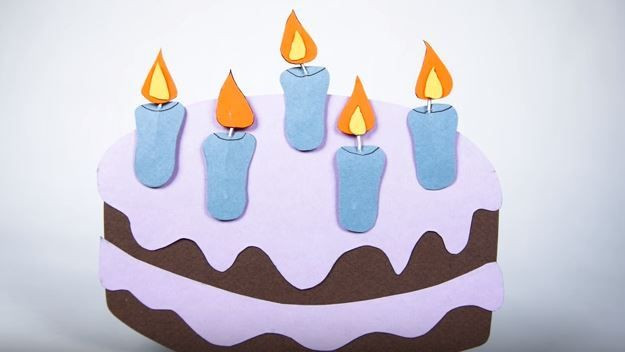How Old Am I? Carbon-14 Explains Chronological Age And Biological Age Of Human Body

Did you know when we sing "Happy Birthday," we're only acknowledging our chronological age? In BrainCraft's latest video, "How Old Are You, Really?" host Vanessa Hill explains although our birth certificate gives us an age on paper, biologically our body parts are all different ages.
The radioactive carbon isotope, carbon-14 (c-14), tends to hang in the air, dissolving into oceans and ultimately ending up in our plants, food, and even inside of us. However, c-14 isn't harmful to humans, so the body starts to use it just like it uses regular carbon atoms. Our bodies sub in c-14 to build our cells, proteins, and our DNA.
Since the amount of c-14 in the atmosphere changes every year, scientists discovered they could determine how old our body parts actually are by looking at the amount of c-14 in them. For example, our colon cells are four days old; the outer skin layer is two weeks old; and fat cells have a lifespan of 10 years.
Many of our brain cells, called neurons, can also regenerate too. One study found that in a 90-year-old brain, the neurons in the hippocampus — the memory center — was only 20 to 30 years old. This challenges the popular idea that we die with the neurons we're born with. The one exception may be cortical neurons.
These neurons make up the outer layer of the brain, called the cerebral cortex. It's responsible for our higher functions, such as thought, consciousness, language, and our perception of the world around us. The way researchers figured out cortical neurons stay with people their whole life is from 18 years of atomic bomb testing.
So, next time we sing happy birthday, we should keep our cortical neurons in mind.



























